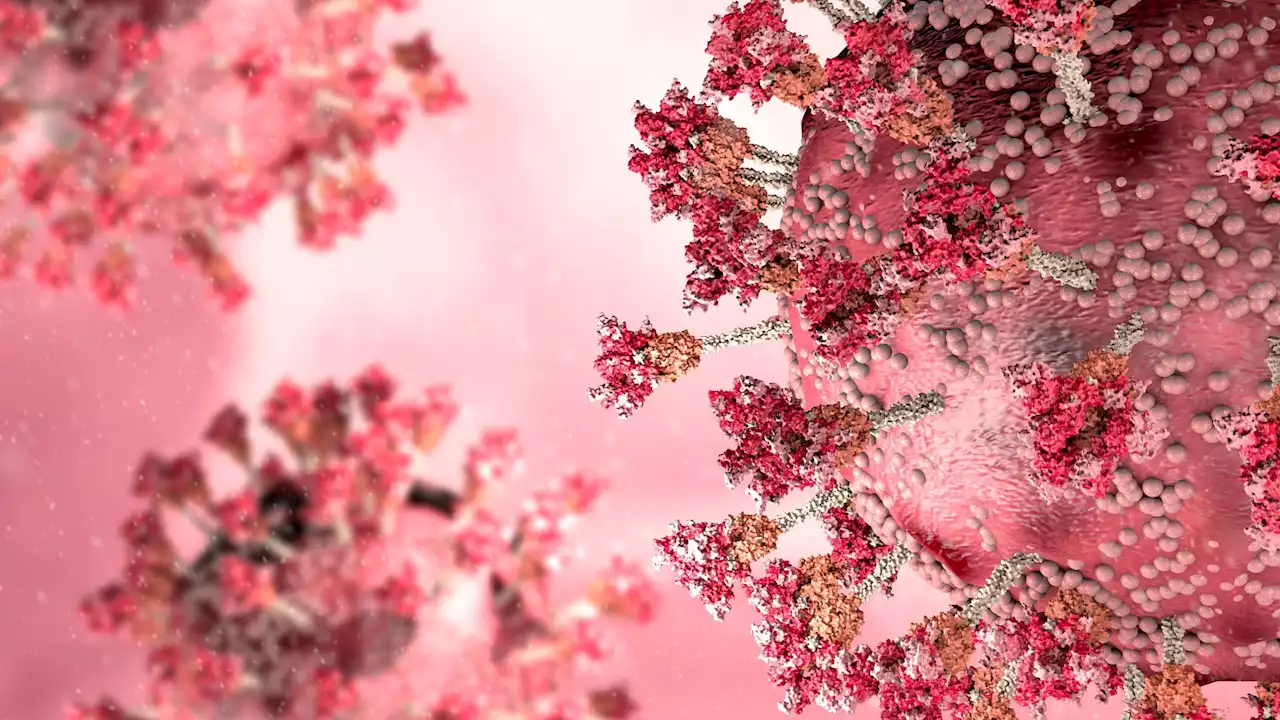Study describes the first SARS-CoV-2 Deltacron recombinant case identified in Brazil biorxivpreprint uniofeastanglia SARSCoV2 COVID19 coronavirus covid Delta Omicron
By Bhavana KunkalikarOct 14 2022Reviewed by Danielle Ellis, B.Sc. In a recent study posted in the bioRxiv* preprint server, researchers demonstrated the parallel evolution of the severe acute respiratory syndrome coronavirus 2 Deltacron variant.
The clinical samples were obtained from three organizations in Rio Grande do Sul, Brazil, that were involved in the diagnosis of COVID-19 and SARS-CoV-2 genomic surveillance. Real-time reverse transcription–polymerase chain reaction was used in each case to identify the SARS-CoV-2 infection before the samples were sent to each institution's genome sequencing procedure.
Considering the Pango lineages, the team constructed lineage-specific databases . To identify the top 20 hits from the reference databases, each segment was utilized as a query. The researchers retrieved their sequences from GISAID after selecting the top parental candidates. Using a Python script, these top-hit sequences were used to determine the frequency of mutations for each lineage.
After classifying the sequences as suspected recombinants, Sc2rf was employed to look for potential recombination signals in their genomes. The team found that the 3' region belonged to an Omicron lineage while the 5' region was from a Delta lineage. Additional analysis revealed that the 3' and 5' genomic regions mostly resembled AY.101 and BA.1 or BA.1.1, respectively.
Since the four Brazilian recombinant sequences formed a separate group from the other Deltacrons, haplotype network analysis and phylogenetic network reconstruction showed sufficient consistency. Additionally, both models demonstrated how the various Deltacrons were split between the Omicron and Delta groups, containing more of each lineage.
Danmark Seneste Nyt, Danmark Overskrifter
Similar News:Du kan også læse nyheder, der ligner denne, som vi har indsamlet fra andre nyhedskilder.
 What is the association of pneumococcal carriage with SARS-CoV-2 infection?What is the association of pneumococcal carriage with SARS-CoV-2 infection? medrxivpreprint UCBerkeley YaleSPH SARSCoV2 COVID19 coronavirus covid infection
What is the association of pneumococcal carriage with SARS-CoV-2 infection?What is the association of pneumococcal carriage with SARS-CoV-2 infection? medrxivpreprint UCBerkeley YaleSPH SARSCoV2 COVID19 coronavirus covid infection
Læs mere »
 The ability of antiviral formulation ViruSAL to inhibit SARS-CoV-2 infectivityResearchers from Ireland used human bronchial epithelium models to evaluate the ability of a novel proprietary formulation called ViruSAL to inhibit SARS-CoV-2 infections.
The ability of antiviral formulation ViruSAL to inhibit SARS-CoV-2 infectivityResearchers from Ireland used human bronchial epithelium models to evaluate the ability of a novel proprietary formulation called ViruSAL to inhibit SARS-CoV-2 infections.
Læs mere »
 What is the real-world efficacy of oral antivirals against the SARS-CoV-2 Omicron variant?A new review commented on a previous study regarding the real-world effectiveness of oral antivirals against the severe acute respiratory syndrome coronavirus 2 (SARS-CoV-2) Omicron variant.
What is the real-world efficacy of oral antivirals against the SARS-CoV-2 Omicron variant?A new review commented on a previous study regarding the real-world effectiveness of oral antivirals against the severe acute respiratory syndrome coronavirus 2 (SARS-CoV-2) Omicron variant.
Læs mere »
 What is the association of masking behavior with SARS-CoV-2 infection?What is the association of masking behavior with SARS-CoV-2 infection? GWtweets SARSCoV2 COVID19 Masking Mask FaceMasks
What is the association of masking behavior with SARS-CoV-2 infection?What is the association of masking behavior with SARS-CoV-2 infection? GWtweets SARSCoV2 COVID19 Masking Mask FaceMasks
Læs mere »
 Motif-based SARS-CoV-2 protein-human protein interactions as potential antiviral target sitesResearchers performed a ProP-PD (proteomic peptide phage display) analysis to identify peptides from intrinsically disordered human (host) proteome regions that bind with SARS-CoV-2 genome-encoded folded protein domains (PDs).
Motif-based SARS-CoV-2 protein-human protein interactions as potential antiviral target sitesResearchers performed a ProP-PD (proteomic peptide phage display) analysis to identify peptides from intrinsically disordered human (host) proteome regions that bind with SARS-CoV-2 genome-encoded folded protein domains (PDs).
Læs mere »
 Study finds memory B cell clones harbor the capacity to adopt multiple and functionally different fates in COVID-19 patientsStudy finds memory B cell clones harbor the capacity to adopt multiple and functionally different fates in COVID-19 patients biorxivpreprint ETH UZH_ch BCell COVID19 coronavirus covid
Study finds memory B cell clones harbor the capacity to adopt multiple and functionally different fates in COVID-19 patientsStudy finds memory B cell clones harbor the capacity to adopt multiple and functionally different fates in COVID-19 patients biorxivpreprint ETH UZH_ch BCell COVID19 coronavirus covid
Læs mere »
